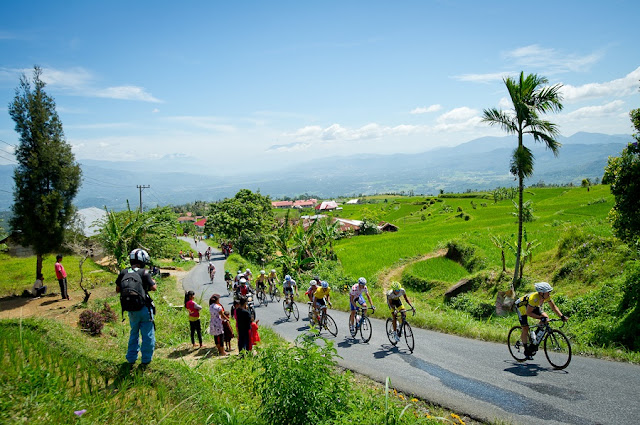Tinggal di kost, apartemen kecil, atau rumah sempit yang kecil dengan tempat yang pas-pasan? Pastinya pingin dong membuat ruangan kecil terlihat lebih besar. Dari kamar tidur yang hampir sama besarnya dengan tempat tidur, hingga ruang keluarga yang harus digabungkan dengan ruang makan, pastinya bukanlah hal yang mudah untuk ditata dan dibuat terlihat seluas mungkin.
Tenang, ada solusi mudah yang akan membantu membuat rumah kecilmu terlihat lebih luas serta multi fungsi dan tetap terlihat indah. Yuk, simak tipsnya berikut ini!
Gunakan Warna Cerah sebagai Cat Dinding
Memang cat dinding berwarna gelap dapat membuat ruangan terasa nyaman, tetapi hal ini juga dapat menyerap cahaya dan bukan memantulkannya, sehingga membuat ruang terasa lebih kecil. Pilihlah ubin berwarna lebih terang serta warna dinding yang terang juga untuk membuat ruangan terasa lebih luas.
Hindari Menaruh Barang dan Furnitur di Pinggir
Menaruh furnitur sehingga menempel di dinding membuat ruangan terlihat dan terasa sempit. Berikan ruangan antara furnitur dan dinding, atau menaruhnya di tengah ruangan dapat membuat ruangan sempit terlihat lebih luas dari sebenarnya.
Gunakan Furnitur Multifungsi
Menggunakan furnitur yang memiliki banyak fungsi adalah cara sederhana untuk membuat sebuah ruangan terlihat lebih besar. Cobalah kursi yang dapat dibuka sebagai tempat penyimpanan atau sofabed yang dapat menjadi sofa dan tempat tidur.
Gunakan Cermin
Cermin adalah cara termudah untuk membuat ruangan tampak lebih besar. Meskipun tidak perlu menggunakan kaca di setiap ruangan, kamu dapat menggunakan kaca sebagai statement piece di dalam suatu ruangan yang dapat membuat cermin itu juga sebagai aksesoris di ruangan tersebut.
Gunakan Furnitur yang Bisa Dilipat
Furnitur lipat bukan berarti tidak bagus dipandang. Bisa pilih meja atau kursi lipat di ruang makan dan jika sudah tidak dibutuhkan bisa dilipat dan simpan. Kamu juga dapat memindahkan furnitur tersebut ke ruangan apapun di rumahmu. Ruangan pun terlihat lebih besar!
Warna Monokromatik
Cat dinding, furnitur, ubin, aksesoris dalam satu warna, seperti putih dan krem dapat membuat ruangan terlihat lebih besar. Kamu juga dapat memberikan aksen warna sebagai pop of color agar ruangan terlihat lebih “hidup”.
Cat Langit-Langit Ruangan
Sementara cat dinding putih yang terang dapat membuat sebuah ruangan terlihat lebih terbuka, langit-langit berwarna gelap dapat menciptakan ilusi ruangan yang lebih tinggi karena dapat membuat kita memandang ke langit-langit ruangan.
Dengan mengikuti beberapa tips sederhana tentang mendekorasi ruangan kecil untuk membuat ruangan terlihat lebih besar, rumah akan merasa nyaman dan tidak terasa sempit. Kamu pun akan memiliki ruang yang sesuai dengan semua kebutuhanmu.




































